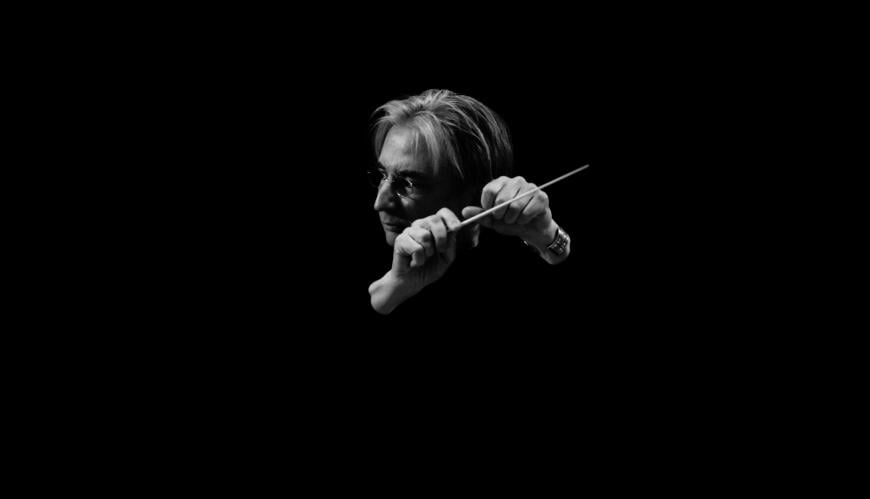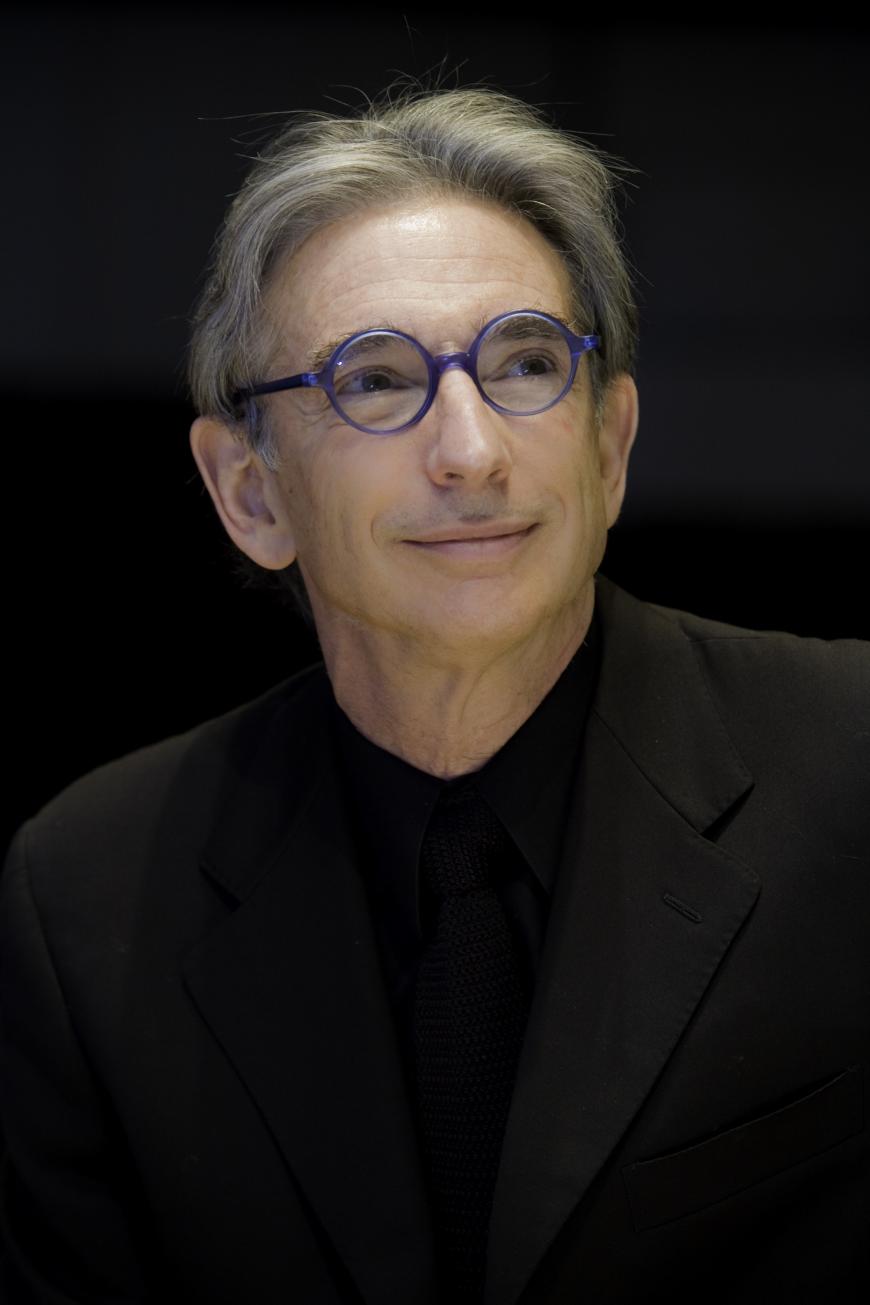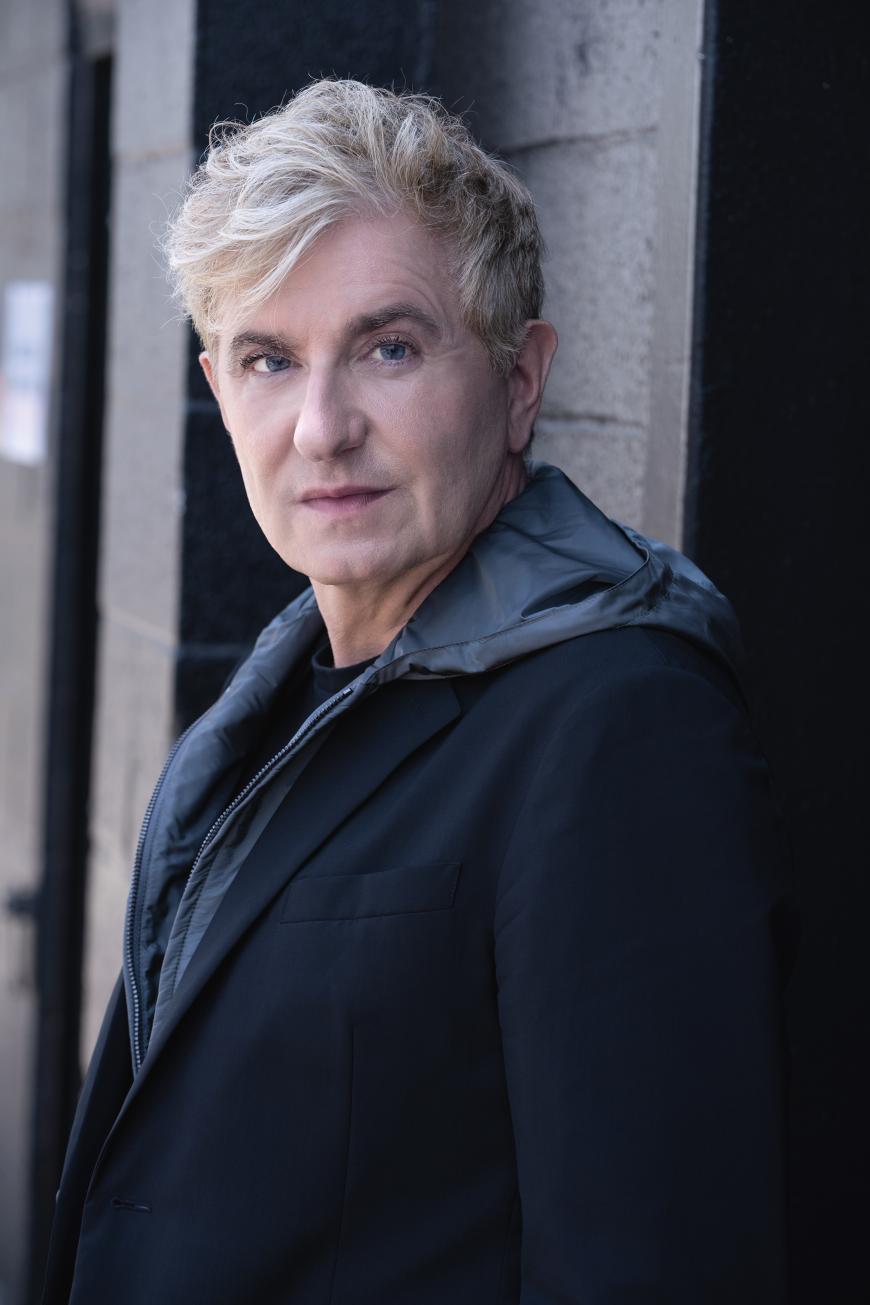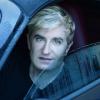
Walt Disney Concert Hall was packed to near capacity Sunday afternoon, Jan. 8 as Michael Tilson Thomas’s hometown welcomed him back for another of what has become an annual round of winter concerts with the Los Angeles Philharmonic.
It could have been a poignant occasion given the conductor’s ongoing health struggles (he was diagnosed with an aggressive brain cancer a year and a half ago). But it didn’t seem that way at all, for MTT, who turned 78 last month, had a creative feast of a program to play with, starting with Debussy and spreading its wings into the 20th century from there. And the Bay Area can experience it, too, since this program will travel with MTT when he returns to the San Francisco Symphony Jan. 26–28.
The music-making started with something familiar, the only standard-repertoire work on the agenda, Debussy’s Prelude to the Afternoon of a Faun. The idea was to set the table with the quiet revolution that this piece ignited, the overwhelmingly sensuous, whole-tone-scale-infiltrated sound of what became known as musical impressionism. Tilson Thomas savored every note, drifting as languorously as possible while getting the center of the piece to sing out voluptuously.

The program then leaped forward about a half century to a much showier sensual bath of sound that the LA Phil had never played before — Olivier Messiaen’s Trois petites liturgies de la présence divine. Though the late composer Ned Rorem once described Trois petites liturgies with colorful snark as akin to “a giant gold-plated nun,” the piece is really a joyous celebration of glistening, vibrating, repetitive, now-and-then tumultuous timbres and voices alongside interludes of sweet harmonies. And though the title may be rather unwieldy and the texts immersed in Roman Catholicism (Messiaen might have been the most deeply religious major composer of the 20th century), you don’t have to buy into the composer’s faith in order to enjoy the work’s pleasures and weirdnesses.
Exactly how unusual the piece is can be gauged by the forces aligned to perform it — a small string orchestra, 36 female singers from the Los Angeles Master Chorale, vibraphone, celesta, a prominent solo piano manned by star soloist Jean-Yves Thibaudet, suspended China cymbals, tam-tam, maracas, and most striking of all, ondes Martenot. That last is a 1928-vintage electronic instrument that came into being decades before the first synthesizers appeared, equipped with a keyboard and a pitch ribbon with which the player can make swooping science-fiction sounds like those of a theremin.
As played by the redoubtable Cynthia Millar, one of but a handful of ondes Martenot virtuosos active today, the instrument usually blended subtly into the mix. The piano part mostly consists of chirping injections of Messiaen’s signature birdsong notations, which sparkled in Thibaudet’s hands. Tilson Thomas commanded his forces and singing or chanting voices with a firm rhythmic hand while taking the flamboyant second movement at a somewhat broad pace. Coupled with the X-ray acoustics of Disney Hall, the piece made a deliciously detailed noise.
Thibaudet returned after intermission to perform the solo part in another rarity, Debussy’s Fantaisie for piano and orchestra — a de facto three-movement piano concerto that seems to have emerged from somewhere under a rock. The printed program says that the LA Phil first performed it way back in 1930 under its then-music director, Artur Rodziński, but I can’t recall any recent performances here.

Could this be a major omission in the piano repertory? Well, perhaps one reason why the piece has been neglected is that there aren’t many memorable musical ideas in it. The chief fascinations of Fantaisie, written a couple of years before Afternoon of a Faun, are passages that point to future Debussy pieces (like the aforementioned Prelude and “Fêtes” from Nocturnes) and to the composer’s innovations in the use of non-Western scales. Playing from the score, Thibaudet was predictably at home in early Debussy, applying his crystalline touch within a texture where the orchestra often has the upper hand.
To top things off, Tilson Thomas brought out Heitor Villa-Lobos’s wildly primal Chôros No. 10, a product of 1926 that bears the marks of some French and European styles but more of the tumult of Indian, folk, and urban influences from the composer’s native Brazil. Halfway through, the drums start beating, and a full chorus starts a pounding rhythmic chant overlaid at times with other sustained voices. MTT made a mostly marvelous CD of several of Villa-Lobos’s Bachianas Brasileiras with his New World Symphony in 1996, which also concluded with the Chôros No. 10 — and while he takes it a bit slower now, his performance with the LA Phil still had the boisterous spirit and strong rhythm push of the Florida recording.
A final note: LA Phil CEO Chad Smith came out after intermission to offer a gracious farewell to retiring Philharmonic clarinetist David Howard in his last concert with the orchestra, 42 years after Carlo Maria Giulini hired him. Howard even got a brief bass clarinet solo in the Debussy Fantaisie — a serendipitous parting gesture.



